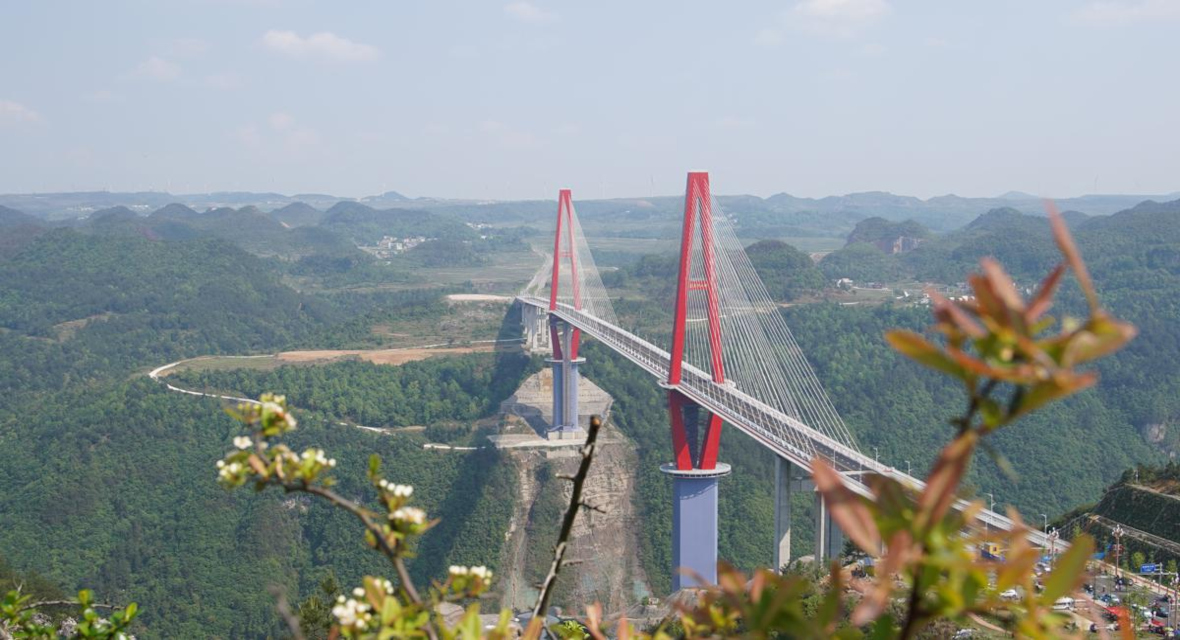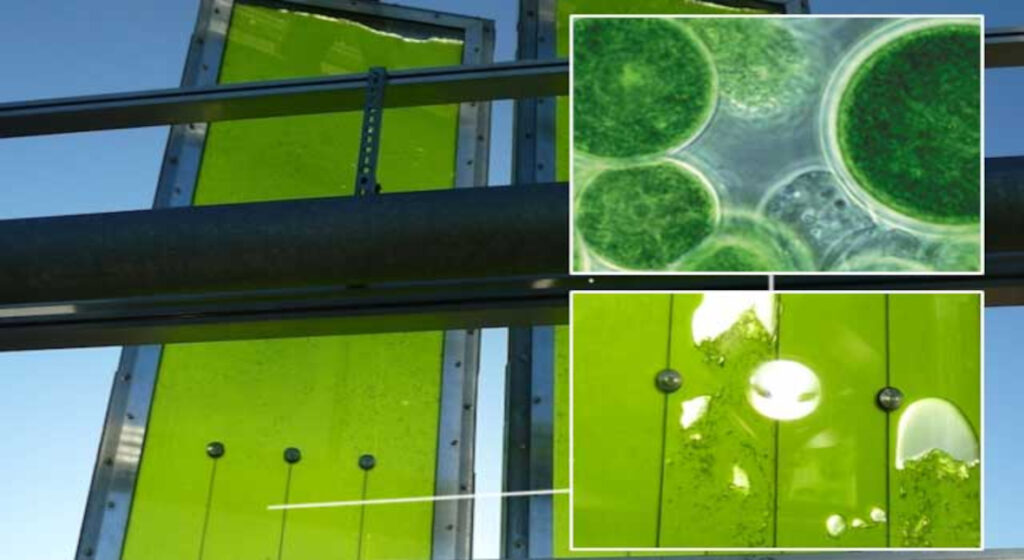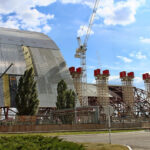Now Reading: The Chinese Province of Guizhou is known for having the greatest collection of high level bridges in the world
-
01
The Chinese Province of Guizhou is known for having the greatest collection of high level bridges in the world
The Chinese Province of Guizhou is known for having the greatest collection of high level bridges in the world

Guizhou Province in southwestern China is indeed home to the greatest collection of high-level bridges in the world, a result of the region’s mountainous landscape that demands innovative engineering solutions. These bridges not only serve as vital transportation links but also highlight the technological advancements in bridge construction. Below are more in-depth details about the remarkable bridges and engineering feats in Guizhou:
Geography and Challenges
Guizhou’s rugged topography is a blend of steep mountains, deep gorges, and karst formations, making traditional road construction extremely difficult. The province is crisscrossed by numerous rivers and valleys, which often create obstacles to direct road connections. As a result, the construction of bridges that span deep ravines and mountain gaps became essential to facilitate transportation and economic development.
The need to connect remote regions and improve access to major urban centers, especially along the G56 Hukun Expressway, led to the rise of some of the tallest and longest bridges in the world. The engineering of these bridges in such a difficult terrain required state-of-the-art techniques and materials.
Beipanjiang Bridge
The Beipanjiang Bridge, spanning the Beipan River Gorge, is one of the most famous and visually striking bridges in Guizhou. It holds the title of the world’s highest bridge (as of its completion in 2016), towering 565 meters (1,854 feet) above the river below.
Design and Features: The Beipanjiang Bridge is a cable-stayed bridge, which uses steel cables attached to a central tower to support the bridge deck. The use of cable-stayed design allows for longer spans and greater stability in challenging environments.
Significance: The Beipanjiang Bridge is a major component of the G56 Hukun Expressway, which links the southwestern provinces to eastern China. It drastically reduces the time required to travel between cities in Guizhou and neighboring regions, facilitating trade, tourism, and commerce. This bridge is not only an engineering marvel but also a symbol of Guizhou’s efforts to modernize its infrastructure.
Yachi Bridge
The Yachi Bridge is another high-level bridge in Guizhou, crossing the Yachi River Gorge. It is known for its remarkable height and expansive span, reaching heights of over 500 meters (1,640 feet) above the river, making it one of the tallest bridges in the world.
Design: This bridge is a suspension bridge, where the roadway is suspended from cables that are anchored on both sides of the valley. The Yachi Bridge is designed to withstand strong winds and seismic activity, ensuring its stability in the face of the region’s natural challenges.
Impact: The Yachi Bridge is integral to the G56 Expressway, providing crucial access to remote areas that would otherwise be cut off from the rest of the country. It also enhances tourism, as the surrounding gorge and mountains are a popular natural attraction.
Puli Bridge
The Puli Bridge is another impressive structure that spans the Puli Gorge, located in the province’s mountainous heartland. As part of the G56 Expressway, it serves to connect various parts of Guizhou and nearby regions.
Design and Engineering: Like the Yachi and Beipanjiang bridges, the Puli Bridge features modern design elements such as cable-stayed or suspension designs, depending on the location and technical requirements. Its design allows it to support heavy traffic loads and resist the effects of wind, rain, and seismic activity.
Huajiang Grand Canyon Bridge
The Huajiang Grand Canyon Bridge is a stunning example of bridge engineering in Guizhou, spanning the Huajiang River within the Huajiang Grand Canyon.
Construction: The bridge’s central tower rises over 200 meters (656 feet) above the river, allowing it to clear the steep cliffs surrounding the canyon. The bridge has a total length of approximately 2,000 meters (6,562 feet), with a main span of over 1,100 meters (3,609 feet).
Design: The Huajiang Grand Canyon Bridge is a cable-stayed bridge, using a central tower and steel cables to support the roadway. It is designed to withstand high winds, the steep environment, and seismic risks typical of the region.
Importance: This bridge connects rural regions of Guizhou to the expressway system, improving economic conditions and providing easier access for residents and travelers. Additionally, the dramatic landscape around the bridge makes it a sought-after spot for tourists.
Construction Techniques and Materials
The construction of high-level bridges in Guizhou requires advanced techniques due to the challenging geography. Some of the major construction considerations include:
Foundation Engineering: Many of these bridges rely on deep drilled shafts and piles to anchor the structure to the bedrock. Given the high elevation and steep inclines, special machinery is often used to drill foundations, sometimes involving helicopters to transport materials.
Cable-Stayed and Suspension Designs: These bridge designs allow for larger spans and are more suited to cross deep ravines. Both types of bridges use high-strength steel cables to bear the load of the deck. The towers of these bridges are often built using reinforced concrete and steel.
Seismic and Wind Resistance: Given Guizhou’s vulnerability to seismic activity and high winds in mountainous regions, the bridges are designed to withstand these forces. They often feature aerodynamic designs to reduce wind pressure, and flexible materials to absorb seismic forces.
Environmental Impact: The bridges are designed to minimize disruption to the natural environment. Engineering teams take great care to ensure that the construction does not significantly harm the local ecosystem. For example, the use of prefabricated segments can reduce construction time and limit the ecological footprint.
Future Prospects
As Guizhou continues to expand and modernize its infrastructure, more high-level bridges are likely to be built. These bridges will further improve access to remote regions, stimulate economic activity, and serve as a showcase of China’s civil engineering capabilities on the global stage.





























